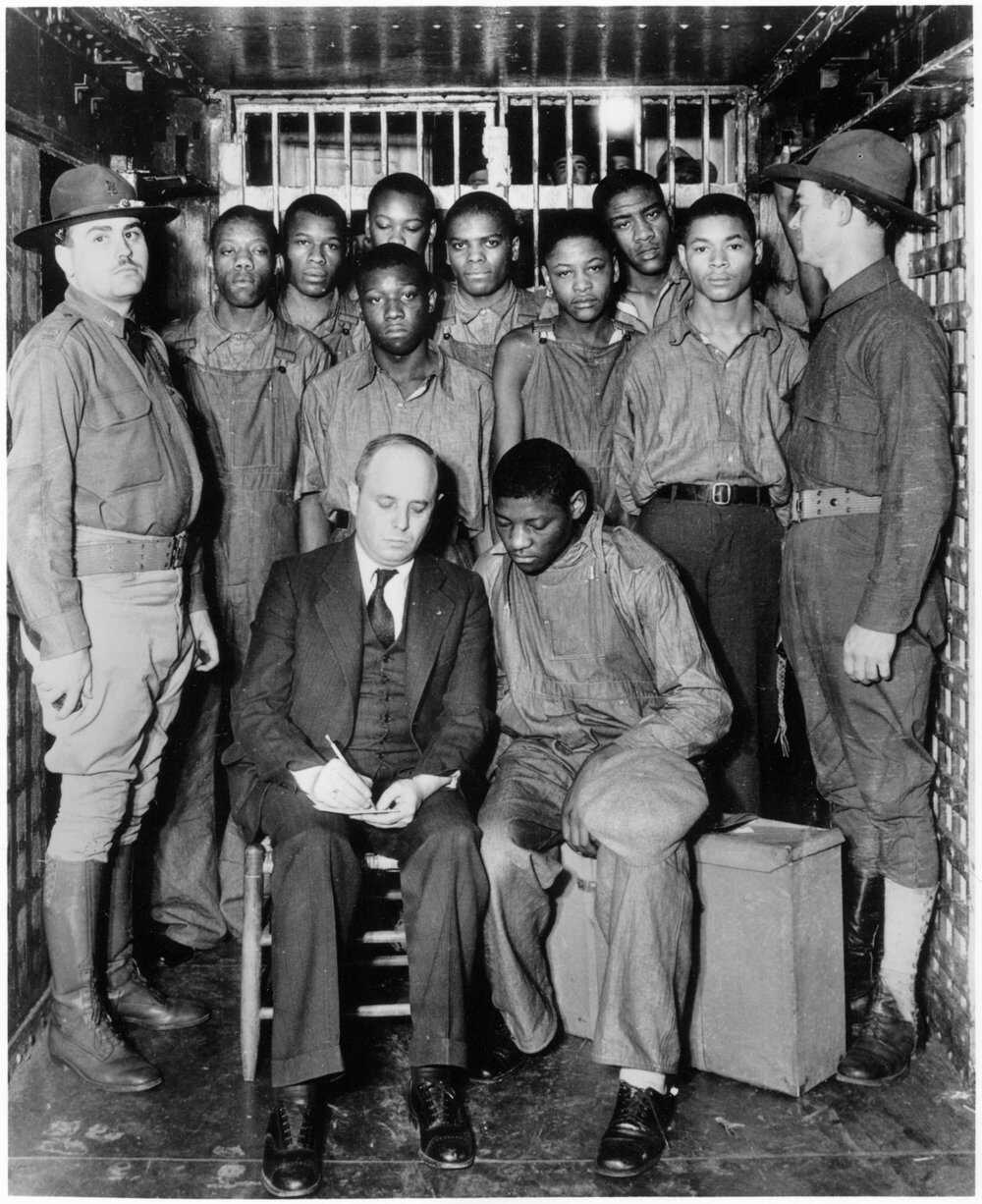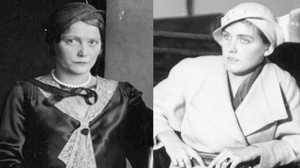The Scottsboro Defense Attorney
"Even the dumbest cop on the [New York City] force would have spotted those two as tramps and liars. You know damn well they lied that day at the Paint Rock station and the Price girl has been lying ever since. Now you want me to plead three or four of the boys guilty of something they never did. The State of Alabama finally realizes that it has made a horrible mistake. You want me to pull your chestnuts out of the fire. You want a chance to save face. Tom, you ought to know me better than that."
-- to prosecutor Thomas Knight, on a proposed compromise, December 1936.

When Haywood Patterson was found guilty in 1933, it was the first time in fifteen years that Samuel Leibowitz had lost a case.
Samuel Leibowitz was born in 1893, the son of Romanian Jewish immigrants who came to America to escape anti-Semitism. He grew up in New York, and then went to college and law school at Cornell. Finding most top lawyers avoided criminal law, he chose that field in which to make his mark.
Because of his impeccable record, Leibowitz was hired by the International Labor Defense to defend the young black men accused at Scottsboro; the I.L.D. could hardly be accused of wanting to martyr the boys for their cause after hiring a lawyer that some considered the next Clarence Darrow. They offered him no fees, but instead of defending gangsters and crooks, he would be working to free the nine youths. "Your organization and I are not in agreement in our political and economic views," he wrote the I.L.D., but he would take the case to defend "the basic rights of man."
Leibowitz was convinced the medical evidence proved his clients' innocence, but he did not take into account the effect his presence, and that of the I.L.D., would have on the case. Alabama and New York were worlds apart. Among his sins was asking the prosecution to address a black man as Mr. Sandford, rather than as "John," and questioning Victoria Price in a manner so discourteous that it made one Southern newspaper editor "feel like reaching for his gun." After Patterson lost his case, Leibowitz made his worst mistake at a rally in New York. When a reporter questioned how the jury could have found a guilty verdict, Leibowitz replied: "If you ever saw those creatures, those bigots whose mouths are slits in their faces, whose eyes pop out like a frog's, whose chins drip tobacco juice, bewhiskered and filthy, you would not ask how they could do it." This comment made its way south immediately and forever soured southern opinion of the attorney.
Patterson was given a new trial by Judge Jame Horton, but was sentenced again, as was Clarence Norris, at the end of 1933. Leibowitz had anticipated these losses and had introduced into evidence the fact that there were no blacks on any of the jury rolls of the county. This became the issue argued before the United States Supreme Court in Norris v. Alabama, the first time Leibowitz argued before the highest court in the land. The court agreed that the absence of black jury members deprived Norris of the equal protection under the law guaranteed by the Fourteenth Amendment. Once more, the trials were sent back to the Alabama courts.
By the mid-1930s, even Leibowitz was forced to admit that he was more hindrance than help to the boys and he agreed to take on a southerner, Clarence Watts, as co-counsel. Watts, however, was not able to handle the pressure from his community and another death sentence, and soon fell ill. Once again, Leibowitz stepped in. But more losses simply frustrated him. By the end of 1937, four of the boys had been convicted of rape, Ozie Powell pleaded guilty to assault on a deputy, and four were let free.
Leibowitz returned to New York, where he later served as a judge. In later years, he received Clarence Norris as a visitor and helped him get a job in the city. Leibowitz died in 1978.







